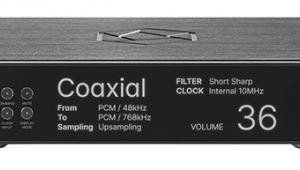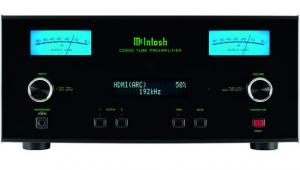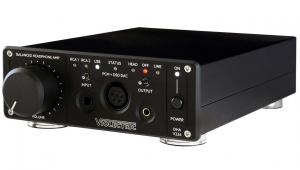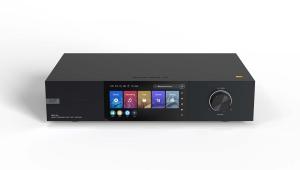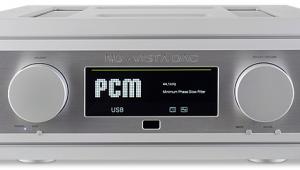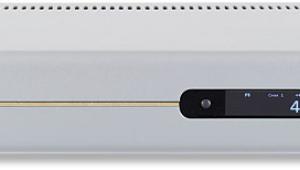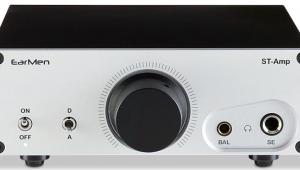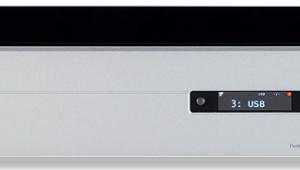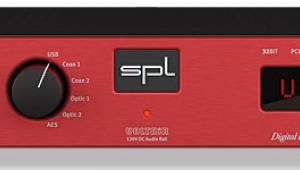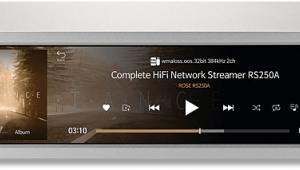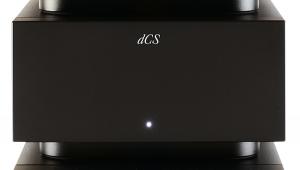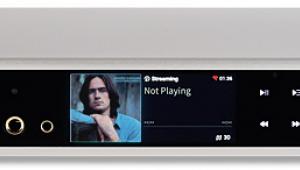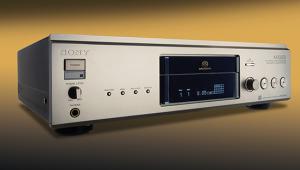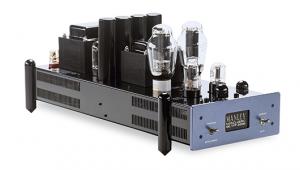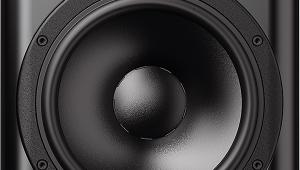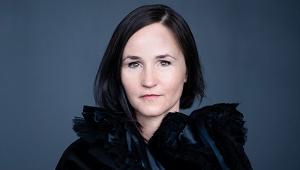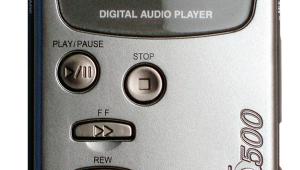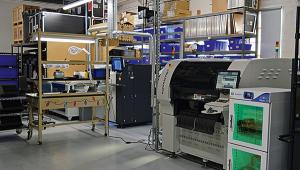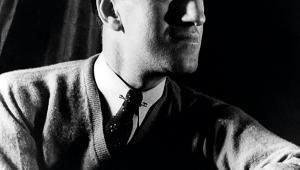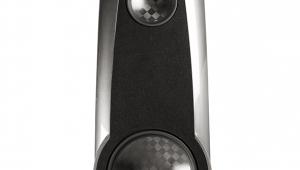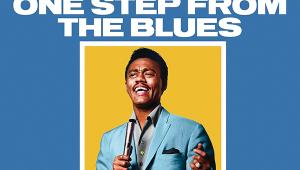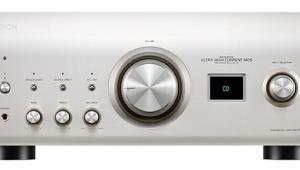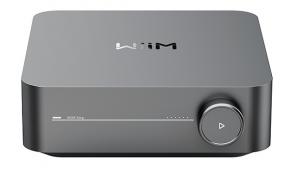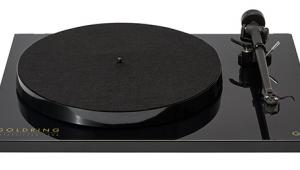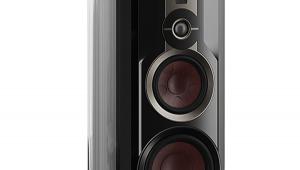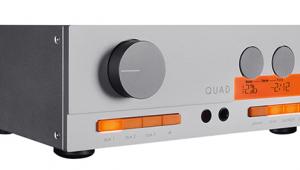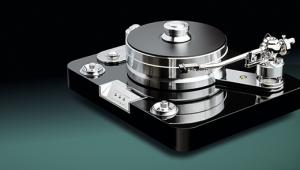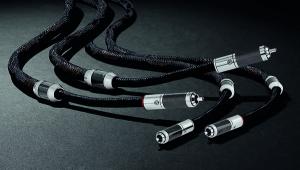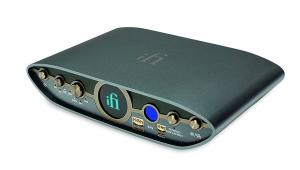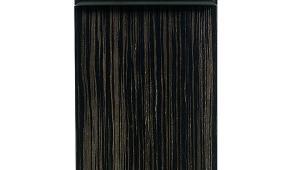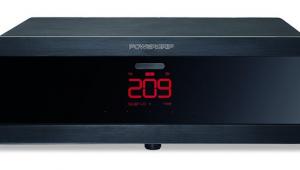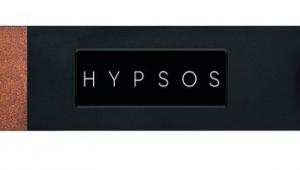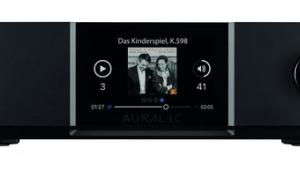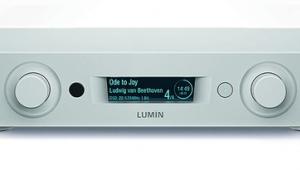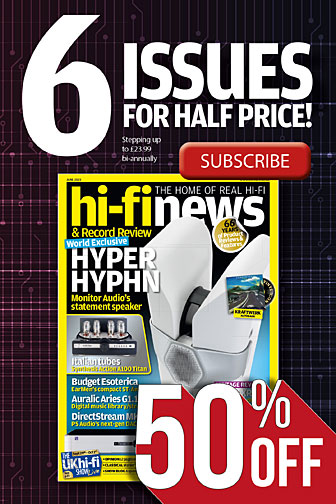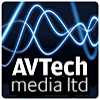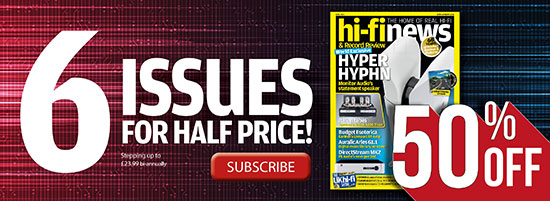Hegel D50 ‘The Raven’ USB DAC


Hegel is fond of its idiosyncratic product names. In 2023 the Norwegian brand felt confident in christening its new CD player the ‘Viking’, ignoring a model number altogether [HFN Sep ’23]. In the same year it also launched the P30A preamp and H30A power amp [HFN Jun ’23] – separates also known as the Conductor and the Orchestra, respectively. 2024 saw the arrival of the H400 integrated amplifier [HFN Oct ’24], aka the Streamliner due to its networking features, and now we have the new D50, a DAC that Hegel says is ‘affectionately named the Raven’.
This nickname gives the D50’s manufacturer plenty of scope for talking about it soaring above the competition, etc, but its origin lies not in music but in Norse tradition. As Hegel explains it, Odin, God of War and master of Valhalla, had two ravens, Hugin and Munin. These birds would fly through the skies of Midgard, bringing Odin ‘unparalleled insights’ into the world around him. And musically speaking, Hegel’s new D/A converter, selling for £4250, pledges to do the same.
Back in black
Like its corvid namesake, the D50 is an all-black affair, making it a match for the company’s wider product range. But it’s not just a match in terms of colourway – the D50’s 430mm-wide chassis carries the same slightly curved milled aluminium front panel, with angled cut-out and central display, of Hegel’s other current models. Sit this DAC next to the Viking CD player [see boxout], or, say, the H600 flagship integrated [HFN Oct ’23], and you’ll see the family resemblance immediately.
The D50 is the successor to Hegel’s HD30 [HFN Jan ’16]. That unit was a streaming DAC/preamp, incorporating a digital volume control and an Ethernet connection for network audio. With the D50, Hegel’s founder and chief designer Bent Holter is pursuing a ‘less is more’ approach, resulting in a DAC with no preamp stage and no streaming. This new model, says Hegel, is ‘an exploration of what’s possible when technology is stripped to its essentials’.
There’s something to be said for isolating individual components in the hi-fi playback chain. Eschewing streaming altogether also ensures the Raven won’t be obsoleted by the pace of development in network technologies. In other words, it does not always pay to put all your audio eggs in one basket.
The D50, then, is the next piece in the jigsaw puzzle the company started with its P30A and H50A pre/power system. Owners of that combination can add the Viking for CD playback, Hegel’s V10 phono preamp [HFN Mar ’21] for vinyl replay, and now a dedicated outboard DAC for digital files, while keeping everything separate. All that’s perhaps missing is a network/streaming transport, but Hegel isn’t about to spill the beans on this prospect…
DAC and forth
As for owners of Hegel’s integrated amplifiers, the D50 is positioned as an upgrade on its in-built DACs (and that of the Viking CD player). The advice is to connect the amp’s digital BNC output to the D50, then in turn connect the DAC to the amp via its XLR outs and select Hegel’s ‘DAC-Loop’ option from the amp menus. In this set-up, digital sources played through the H400, H600, etc, are sent to the D50 for conversion before being looped back for amplification.
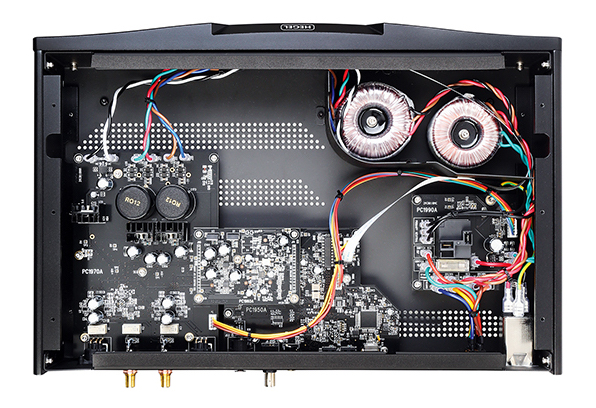
Next to the balanced XLR outputs on the D50’s rear panel is a set of unbalanced RCA outputs, plus a bank of digital inputs. This selection comprises AES/EBU, BNC, coaxial, optical (2x) and USB-B, and should satisfy most users. Perhaps an HDMI input might have been expected, although the D50 is not servicing proprietary I2S transports like the PS Audio AirLens [HFN May ’24]. Otherwise, sample rates up to 384kHz/32-bit are handled by the USB-B input, in addition to DSD256 via DoP.
Complementing the unit’s purist ‘just a DAC’ status is an internal design focused on limiting noise and spurious interference. There are two screened toroidal transformers here, one reserved for standby functions and the D50’s ‘noisier digital processes’ while the other feeds a regulated and filtered supply for the core digital and DAC circuits. Talking of which, Hegel has opted for the surface-mount version of ESS’s latest ES9039 chip here, which is positioned on a daughter board along with the primary analogue stage. Naturally, there are separate clocks for 44.1kHz- and 48kHz-centric data streams.
For any semi-seasoned audiophile, getting up and running with the D50 will take a matter of seconds – it’s about as plug-and-play as high-end hi-fi gets. The display shows the selected input and sample rate in easy-to-read graphics, and on the underside of the unit’s milled aluminium fascia are three soft-touch push buttons. These cover power and source selection, plus entry into and navigation around the DAC’s onboard menus, where limited settings include display brightness, standby timeout and auto input switching. The supplied RC8 remote control handles the same functions.
![]() Crisp ’n’ convincing
Crisp ’n’ convincing
After connecting the D50 to Primare’s PRE35/A35.2 pre/power [HFN Dec ’19] and feeding Hegel’s Viking CD player and a MacBook running Roon into the DAC as sources, the result was a separates system with enough cabling to make a just-add-speakers amp seem rather appealing. However, putting matters of convenience aside, there’s nothing about Hegel’s D50 that’s not to like. It’s operationally ‘solid’, and in performance terms goes far beyond that – not solid or merely good, but great. Whatever I played through it sounded intrinsically musical, crisply detailed but not artificially so, and set on a believable three-dimensional soundstage.
The clear, subjectively uncoloured delivery of the D50 means the flavours and moods of different recording styles and eras shine through. Listening to ‘Breadfan’, from Budgie’s 1973 album Never Turn Your Back On A Friend [Noteworthy Productions], the sound was thick with analogue vibes, the bassline warm and the top-end silky smooth. By comparison, Metallica’s 1988 cover version [Garage Inc, Blackened Recordings; 96kHz/24-bit] betrayed the brighter balance the band were pursuing at the time, the low-end reduced to an afterthought next to icy guitar tones and hard-hitting snares.
An altogether different guitar sound can be heard on Ricardo Gallen’s recital of Agustin Mangoré’s ‘La Catedral’ [En Silencio, Eudora; DSD64 download], where the classical guitarist deftly picks and plucks at his instrument’s nylon strings. This is a slick recording, captured in the calming ambience of Avila’s Auditorio San Francisco, and the Hegel DAC crafted it with a wonderful feeling of space. Gallen’s playing echoed through the venue, the individually struck high notes mixing superb transient attack with a sweetness of tone.

At the bass end of the audio band, the D50 excavates plenty of information and impact. The reggae-ish basslines in ‘Wrapped Around Your Finger’ by The Police […The Singles, A&M Records; 88.2kHz/24-bit] were big and deep, while the opening beats to Oasis’s ‘Live Forever’ [Definitely Maybe; Creation Records CRECD169] sounded large yet taut, the kick drum so authentic that I was immediately drawn into the performance.
Up next on this track were Liam Gallagher’s gritty raw vocals, backed by distorted guitars and piano. Hegel’s DAC weaved all these parts together seamlessly, never allowing the music’s rich, weighty foundation to obscure its small details.
Sticking with ’90s superstars, the D50 took the soulful Robbie Williams ballad ‘She’s The One’ [I’ve Been Expecting You; Chrysalis Records], and its transition from solo vocal to multitracked, anthemic chorus, in its stride. The drum track here is elaborate for a chart-destined pop song, with jazzy tricks and flourishes, and the D50’s rhythmic acuity and resolution nudged me towards really hearing these moments.
Layers of luxury
This was a regular occurrence during my audition. During the instrumental mid-section of Pink Floyd’s ‘Wish You Were Here’, from the album of the same name [Capitol/EMI; DSD64], the D50 seemed to keep finding more layers to unpeel, more guitar textures to spread across the stereo stage. Similarly, listening to ‘Hektik’ from the five-piece jazz project The Scriabin Code [Sehen Und Hören, Rodenstein Records; 44.1kHz/24-bit], I was struck by the metallic detail of the percussion, and its contrast with the rounded, woody tones of band leader Martin Albrecht’s clarinet.
In ‘Adagio For Tron’, from Daft Punk’s Tron: Legacy soundtrack [Walt Disney Records; 44.1kHz/24-bit], the French duo add an 85-piece orchestra recorded at London’s AIR Studios to their usual electronica. In a performance that pinned me to my listening seat, the D50 conveyed the weight and mass of the acoustic instruments and ticked off every texture from blaring brass to deep, sinewy cello. The clean, free feeling to this DAC’s sound, whether with a CD or a more exotic digital file, means it can be played loud without trepidation.
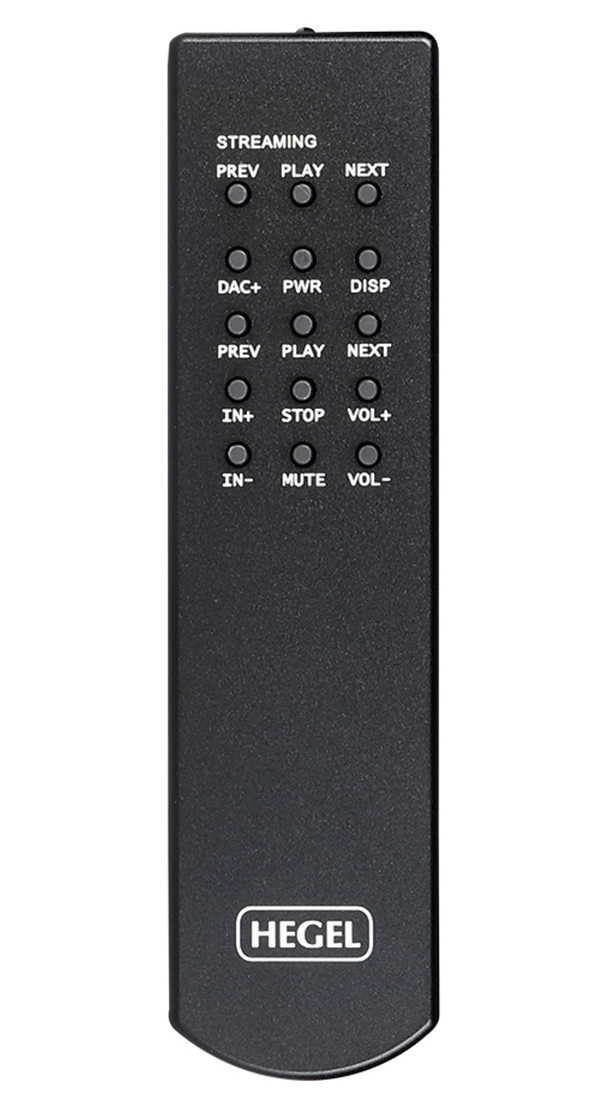
Need more proof of the D50’s attention-grabbing nature? It had me sitting through all 11 minutes and 40 seconds of The Doors’ ‘The End’ [The Doors: 50th Anniversary Edition; Elektra/Rhino 081227934422], sometimes letting this astonishing final track wash over me, other times leaning forward to listen intently. Jim Morrison’s tambourine in the introduction had just the right amount of jangle, and his deep vocals were a superb in-the-room presence, with gentle intakes of breath between the spoken word lines fully revealed.
The DAC’s smooth handling of the eastern-tinged guitar phrases and swelling organ chords added to the piece’s woozy atmosphere – this immersive performance reminded me why Francis Ford Coppola chose ‘The End’ as the soundtrack to the beginning of Apocalypse Now. Yep, this Raven soars high.
Hi-Fi News Verdict
A new feather in Hegel’s cap, the D50/Raven flies the flag for something that’s less common these days: a fixed-output standalone DAC, sans streaming. The styling makes it an obvious partner for the brand’s pre/power amps or, in ‘DAC Loop’ mode, its integrated models. Regardless, this single-minded separate offers a brilliantly detailed and transparent performance that will surely play well in any system.
Sound Quality: 88%

